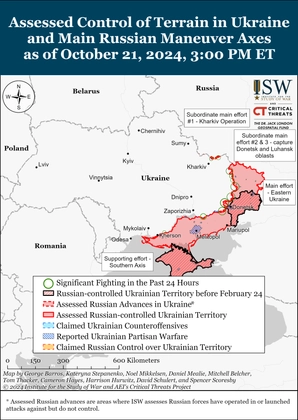“First they were burning us,” Tatiana Takir told me. “Now they’re drowning us.”
Tatiana spent eight months under Russian occupation – and like many others living in the Kherson region, she celebrated when Ukrainian forces liberated the area in November 2022.
JOIN US ON TELEGRAM
Follow our coverage of the war on the @Kyivpost_official.
For many Ukrainians, freedom from Russian control has meant the possibility of a return to a relatively normal life. But not for the residents of Kherson. Since liberation, the area has been under almost constant Russian shelling, making it part of the front line. Now its residents are under assault by flooding after explosions destroyed the Kakhovka hydroelectric plant and dam.
“I fell asleep only early in the morning because the Russians were shelling, as usual, almost all night,” Tatiana, a 49-year-old civil servant, told me over the phone. “But then I got a call from a friend telling me that our neighborhood was about to be submerged.”
Tatiana, a 49-year-old civil servant.
She spent the entire Russian occupation in her house in the Ostriv district, which means “Island,” right on the bank of the Dnipro River. She says that life under the Russians was hard, with constant searches and threats.
“They were looking for weapons and guerrillas,” she recalled. “We were saved by the fact that there were two women: me and my mother, no men with us. But we could hardly leave the neighborhood because of a very cruel checkpoint. Every time we had to go through it, we could not take anything with us, not even our phones, because the Russians threatened us.”

ISW Russian Offensive Campaign Assessment, October, 22, 2024
When the city was liberated, she was euphoric and had many plans. A week later, she returned to her job at the pension fund, enjoying the feeling that she could return to her pre-war life.
But then Russians destroyed the electricity and water supply, followed by almost constant shelling, day and night. Her neighborhood was badly damaged. She and her mother had to move to another part of Kherson where her sister lives and where the shelling was less aggressive.
Today, she returned to Ostriv to save her chicken, a second dog and a neighbor’s rabbit.
“I thought that Ostriv would be gone in a few hours. We spent an hour there and the water rose by about 15 centimeters. When we came back for the second time, we couldn’t drive to our street anymore. There was a young woman who was walking with her belongings to the rescuers, she was in water up to her waist.”
Tatiana told me that some people have refused to evacuate, especially those who live on upper floors. She brought food and a cat litter to a friend who had sheltered all her neighbor’s cats during the war and now has 26 cats in her three-room apartment on the ninth floor. She stayed in Ostriv.
Evacuations continued not only from Kherson, but also from villages located on the Dnipro River. According to local authorities, more than 1,700 people were evacuated.
What made the situation even worse was that the Russian army did not stop shelling.
“Russian troops have continued shelling the right bank of the Dnipro River with artillery, which, of course, complicated the process of evacuation from these areas,” Anna Kovalenko, former Deputy Head of the Presidential Administration for National Security, who is now helping to improve the humanitarian situation in the liberated territories, told me. “It is also expected that with the wave of Ukrainian citizens fleeing and trying to get from the left to the right bank of the Dnipro, Russian sabotage groups may infiltrate. The humanitarian situation is difficult, Kherson, partially Zaporizhzhia and Dnipro regions remain without water supply.”
Tatiana has experienced this at first hand. “When the water started pouring in, evacuation buses started arriving, and crowds of people appeared,” she told me. “Many people tried to evacuate their belongings by car. And the Russians were firing mortars like never before.”
Before the war, about 300,000 people lived in my hometown of Kherson. Now there are just a few thousand left. These people believe that by staying, they help the city survive the war and thus bring victory closer. However, until the victory is complete, today’s flooding may not be the last catastrophe the region will experience. Kherson is only 138 miles from the largest Zaporizhzhia nuclear power plant in Europe. In the event of any nuclear accident, the region, along with Zaporizhzhia, would be among the first to be affected by radiation.
Like many others Tatiana believes that she simply has to endure everything the war has been throwing at her – and that peace will come to the city soon.
“If we had no strength, we would not exist… By staying here, we believe that we are a part of Kherson and we are creating its history. The unity makes us stronger and helps us get through the war,” she says.
You can also highlight the text and press Ctrl + Enter






